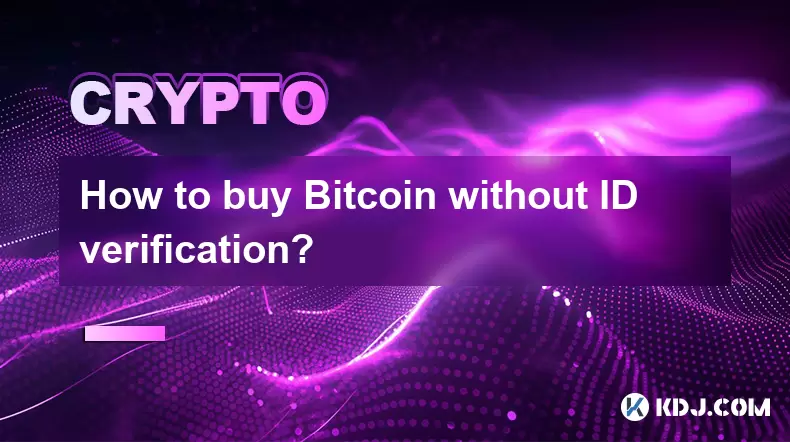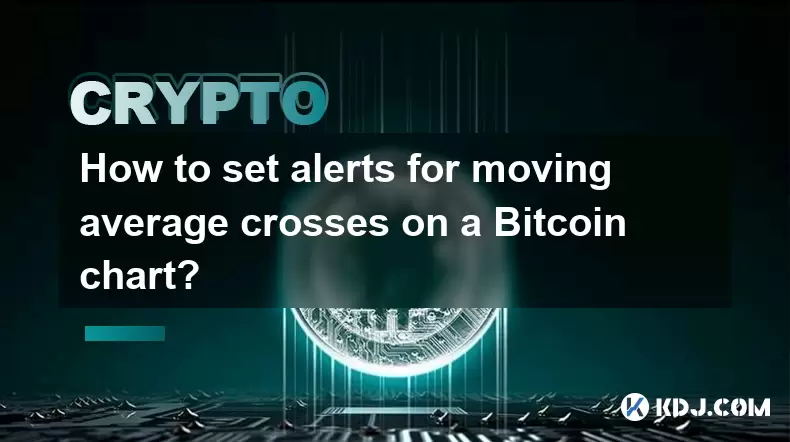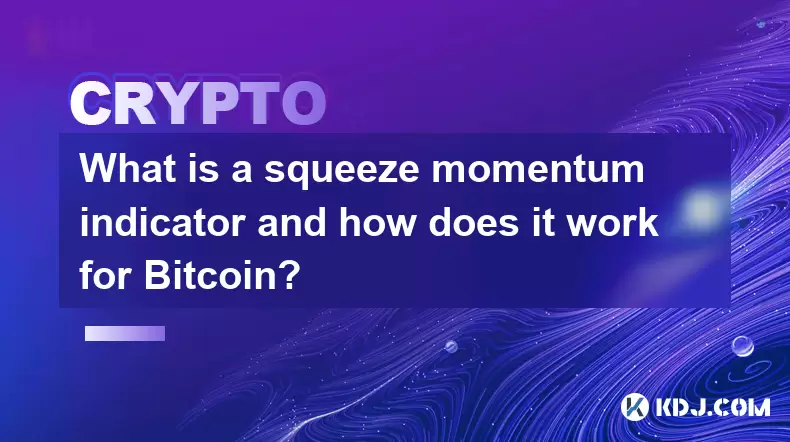-
 Bitcoin
Bitcoin $108,017.2353
-0.81% -
 Ethereum
Ethereum $2,512.4118
-1.58% -
 Tether USDt
Tether USDt $1.0002
-0.03% -
 XRP
XRP $2.2174
-1.03% -
 BNB
BNB $654.8304
-0.79% -
 Solana
Solana $147.9384
-1.76% -
 USDC
USDC $1.0000
-0.01% -
 TRON
TRON $0.2841
-0.76% -
 Dogecoin
Dogecoin $0.1636
-2.09% -
 Cardano
Cardano $0.5726
-1.72% -
 Hyperliquid
Hyperliquid $39.1934
1.09% -
 Sui
Sui $2.9091
-0.59% -
 Bitcoin Cash
Bitcoin Cash $482.1305
0.00% -
 Chainlink
Chainlink $13.1729
-1.54% -
 UNUS SED LEO
UNUS SED LEO $9.0243
-0.18% -
 Avalanche
Avalanche $17.8018
-1.90% -
 Stellar
Stellar $0.2363
-1.69% -
 Toncoin
Toncoin $2.7388
-3.03% -
 Shiba Inu
Shiba Inu $0.0...01141
-1.71% -
 Litecoin
Litecoin $86.3646
-1.98% -
 Hedera
Hedera $0.1546
-0.80% -
 Monero
Monero $311.8554
-1.96% -
 Dai
Dai $1.0000
-0.01% -
 Polkadot
Polkadot $3.3473
-2.69% -
 Ethena USDe
Ethena USDe $1.0001
-0.01% -
 Bitget Token
Bitget Token $4.3982
-1.56% -
 Uniswap
Uniswap $6.9541
-5.35% -
 Aave
Aave $271.7716
0.96% -
 Pepe
Pepe $0.0...09662
-1.44% -
 Pi
Pi $0.4609
-4.93%
How to buy Bitcoin without ID verification?
You can buy Bitcoin without ID verification through P2P platforms like LocalBitcoins, non-KYC Bitcoin ATMs, direct trades, or privacy-focused wallets and decentralized exchanges.
Jul 05, 2025 at 08:00 pm

Understanding the Need for ID Verification in Cryptocurrency Platforms
Most mainstream cryptocurrency exchanges require users to undergo Know Your Customer (KYC) procedures before allowing them to buy, sell, or trade digital assets like Bitcoin. This is primarily due to regulatory compliance and anti-money laundering (AML) laws enforced by governments around the world. These requirements ensure that platforms operate within legal boundaries and maintain transparency.
However, there are individuals who prefer to buy Bitcoin without ID verification, either due to privacy concerns or because they lack access to official identification documents. Fortunately, several alternative methods exist outside traditional KYC-based platforms that allow users to purchase Bitcoin while maintaining a higher degree of anonymity.
P2P Trading Platforms: A Popular No-ID Option
One of the most common ways to buy Bitcoin without ID verification is through peer-to-peer (P2P) trading platforms. These platforms act as intermediaries between buyers and sellers but often do not enforce strict KYC policies, especially when transactions are conducted under certain limits.
Here’s how you can use P2P platforms effectively:
- Visit platforms like LocalBitcoins, Bisq, or Paxful.
- Create an account without uploading any ID if the platform allows it.
- Browse available offers from sellers willing to accept your preferred payment method (e.g., cash deposit, gift cards, PayPal, etc.).
- Initiate a trade and follow the instructions provided by the seller.
- Once the seller confirms receipt of payment, the Bitcoin will be released to your wallet.
These platforms usually offer built-in escrow services and dispute resolution mechanisms to protect both parties during the transaction process.
Bitcoin ATMs That Don’t Require ID Verification
Another real-world option for acquiring Bitcoin anonymously is through Bitcoin ATMs (BTMs). Many BTMs allow users to buy small amounts of Bitcoin without undergoing identity verification.
To locate and use these machines:
- Use websites like CoinATMRadar to find nearby Bitcoin ATMs.
- Look for machines labeled as “non-KYC” or those with low daily limits that don’t trigger mandatory ID checks.
- Bring cash to the machine and scan your Bitcoin wallet QR code.
- Insert the cash and confirm the transaction on the screen.
- The Bitcoin will be sent to your wallet within minutes.
It's important to note that fees at Bitcoin ATMs are generally higher than on online platforms, so this method may be more suitable for smaller purchases or urgent needs.
Trading Directly with Individuals
For those comfortable meeting people in person or engaging in online transactions, direct peer-to-peer trading is another viable option. This involves finding someone willing to sell Bitcoin in exchange for cash or other agreed-upon payment methods.
To proceed safely:
- Join local crypto communities on forums like Reddit, Telegram groups, or Discord servers.
- Search for trusted members offering Bitcoin for sale without ID requirements.
- Agree on a safe meeting location if conducting an in-person trade.
- Use a public place and avoid sharing personal information.
- Confirm the transfer of Bitcoin only after verifying payment has been received.
This method carries more risk compared to using established platforms, so exercising caution and verifying the reputation of the counterparty is essential.
Using Privacy-Focused Wallets and Services
Some privacy-focused wallets and decentralized exchanges also allow users to buy or swap cryptocurrencies without requiring ID verification. While these services might not directly facilitate fiat-to-Bitcoin purchases, they can be used in combination with other methods to enhance anonymity.
Examples include:
- Wasabi Wallet: A desktop wallet focused on Bitcoin privacy through CoinJoin technology.
- Samourai Wallet: Another mobile wallet that emphasizes user anonymity and includes features like Dojo mode for enhanced privacy.
- Decentralized Exchanges (DEXs): Platforms like Uniswap or SushiSwap allow token swaps without ID verification, though they typically require holding another cryptocurrency first.
These tools help preserve financial privacy and can be integrated into a broader strategy for buying and managing Bitcoin without revealing personal details.
Frequently Asked Questions (FAQ)
Q1: Is it legal to buy Bitcoin without ID verification?
In many jurisdictions, purchasing small amounts of Bitcoin without ID verification is not illegal. However, larger transactions or activities involving illicit funds could attract legal scrutiny. Always check local regulations before proceeding.
Q2: Can I remain completely anonymous when buying Bitcoin?
While some methods reduce traceability, achieving complete anonymity is difficult due to blockchain transparency. Combining techniques like mixing services, privacy wallets, and no-KYC platforms can improve anonymity significantly.
Q3: Are there risks associated with buying Bitcoin without ID verification?
Yes, risks include scams, fraud, and potential loss of funds if the counterparty does not fulfill their end of the deal. It's crucial to conduct thorough research and use trusted platforms or verified individuals.
Q4: What payment methods work best for no-ID Bitcoin purchases?
Cash, gift cards, and peer-to-peer transfers are commonly accepted. Payment apps like Venmo or Cash App may also work depending on the seller’s preferences, though they carry higher chargeback risks.
Disclaimer:info@kdj.com
The information provided is not trading advice. kdj.com does not assume any responsibility for any investments made based on the information provided in this article. Cryptocurrencies are highly volatile and it is highly recommended that you invest with caution after thorough research!
If you believe that the content used on this website infringes your copyright, please contact us immediately (info@kdj.com) and we will delete it promptly.
- Royal Mint Coins: Unearthing the Rarest Queen Elizabeth II Treasures
- 2025-07-06 00:30:12
- BlockDAG, SEI, and HYPE: Decoding the Crypto Buzz in the Big Apple
- 2025-07-06 00:50:13
- Uniswap in a Bear Market: Price Analysis and What's Next
- 2025-07-06 01:10:13
- Arctic Pablo Price Hike: Is Housecoin Feeling the Chill?
- 2025-07-06 00:30:12
- Bitcoin, Kiyosaki, and Acquisition: A Perfect Storm?
- 2025-07-05 22:35:14
- Cardano vs. Solana: The $500 Dream and a Payments Disruptor
- 2025-07-05 22:50:13
Related knowledge

What is the Woodies CCI indicator and can it be used for Bitcoin?
Jul 04,2025 at 05:14pm
Understanding the Woodies CCI IndicatorThe Woodies CCI indicator is a variation of the traditional Commodity Channel Index (CCI), which was originally developed by Donald Lambert. The standard CCI measures the current price level relative to an average price over a given period, typically 14. However, the Woodies version modifies this calculation to mak...

How to use indicators to trade the opening range breakout for Bitcoin CME futures?
Jul 05,2025 at 07:35pm
What Is the Opening Range Breakout Strategy?The opening range breakout (ORB) strategy is a popular trading technique used in both traditional markets and cryptocurrency futures, particularly for Bitcoin on the CME. This method involves identifying a specific price range formed during the early phase of a trading session and then taking positions when th...

What does a bearish cross on the Stochastic RSI mean for Bitcoin?
Jul 05,2025 at 07:18pm
Understanding the Stochastic RSI IndicatorThe Stochastic RSI (Relative Strength Index) is a momentum oscillator used in technical analysis to identify overbought or oversold conditions in an asset's price. It combines two well-known indicators — the RSI and the Stochastic Oscillator — to provide more nuanced signals than either could alone. The Stochast...

How to interpret the interaction between Bitcoin's price and the Ichimoku baseline (Kijun-sen)?
Jul 05,2025 at 11:42pm
Understanding the Ichimoku Baseline (Kijun-sen) in Technical AnalysisThe Ichimoku Cloud, also known as Ichimoku Kinko Hyo, is a comprehensive technical analysis tool that provides insights into momentum, trend direction, and potential support/resistance levels. Within this system, the Kijun-sen, or baseline, plays a crucial role. It is calculated by ave...

How to set alerts for moving average crosses on a Bitcoin chart?
Jul 05,2025 at 09:21pm
Understanding Moving Average Crosses in Bitcoin TradingMoving average crosses are one of the most commonly used technical indicators among cryptocurrency traders. In the context of Bitcoin, these signals help identify potential trend reversals or confirm ongoing trends. A moving average cross occurs when a short-term moving average (e.g., 9-day EMA) int...

What is a squeeze momentum indicator and how does it work for Bitcoin?
Jul 05,2025 at 07:32pm
Understanding the Squeeze Momentum IndicatorThe Squeeze Momentum Indicator is a technical analysis tool used by traders to identify potential breakout opportunities in financial markets, including cryptocurrencies like Bitcoin. It was developed by John Carter and is widely used among active traders who seek to capture volatility expansions after periods...

What is the Woodies CCI indicator and can it be used for Bitcoin?
Jul 04,2025 at 05:14pm
Understanding the Woodies CCI IndicatorThe Woodies CCI indicator is a variation of the traditional Commodity Channel Index (CCI), which was originally developed by Donald Lambert. The standard CCI measures the current price level relative to an average price over a given period, typically 14. However, the Woodies version modifies this calculation to mak...

How to use indicators to trade the opening range breakout for Bitcoin CME futures?
Jul 05,2025 at 07:35pm
What Is the Opening Range Breakout Strategy?The opening range breakout (ORB) strategy is a popular trading technique used in both traditional markets and cryptocurrency futures, particularly for Bitcoin on the CME. This method involves identifying a specific price range formed during the early phase of a trading session and then taking positions when th...

What does a bearish cross on the Stochastic RSI mean for Bitcoin?
Jul 05,2025 at 07:18pm
Understanding the Stochastic RSI IndicatorThe Stochastic RSI (Relative Strength Index) is a momentum oscillator used in technical analysis to identify overbought or oversold conditions in an asset's price. It combines two well-known indicators — the RSI and the Stochastic Oscillator — to provide more nuanced signals than either could alone. The Stochast...

How to interpret the interaction between Bitcoin's price and the Ichimoku baseline (Kijun-sen)?
Jul 05,2025 at 11:42pm
Understanding the Ichimoku Baseline (Kijun-sen) in Technical AnalysisThe Ichimoku Cloud, also known as Ichimoku Kinko Hyo, is a comprehensive technical analysis tool that provides insights into momentum, trend direction, and potential support/resistance levels. Within this system, the Kijun-sen, or baseline, plays a crucial role. It is calculated by ave...

How to set alerts for moving average crosses on a Bitcoin chart?
Jul 05,2025 at 09:21pm
Understanding Moving Average Crosses in Bitcoin TradingMoving average crosses are one of the most commonly used technical indicators among cryptocurrency traders. In the context of Bitcoin, these signals help identify potential trend reversals or confirm ongoing trends. A moving average cross occurs when a short-term moving average (e.g., 9-day EMA) int...

What is a squeeze momentum indicator and how does it work for Bitcoin?
Jul 05,2025 at 07:32pm
Understanding the Squeeze Momentum IndicatorThe Squeeze Momentum Indicator is a technical analysis tool used by traders to identify potential breakout opportunities in financial markets, including cryptocurrencies like Bitcoin. It was developed by John Carter and is widely used among active traders who seek to capture volatility expansions after periods...
See all articles

























































































